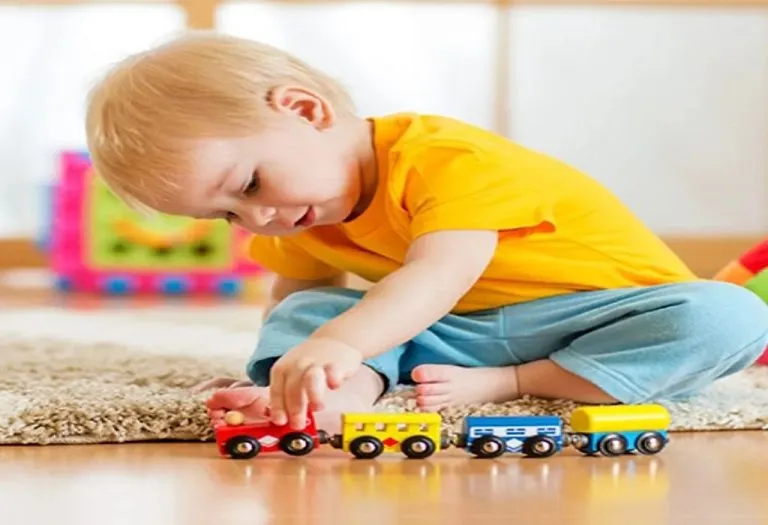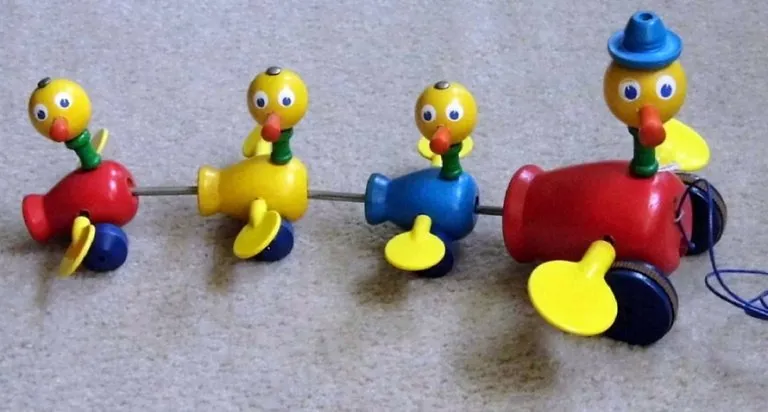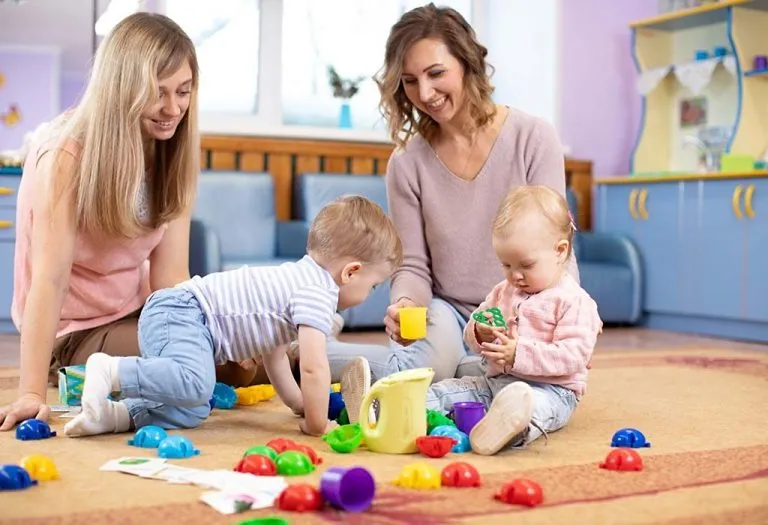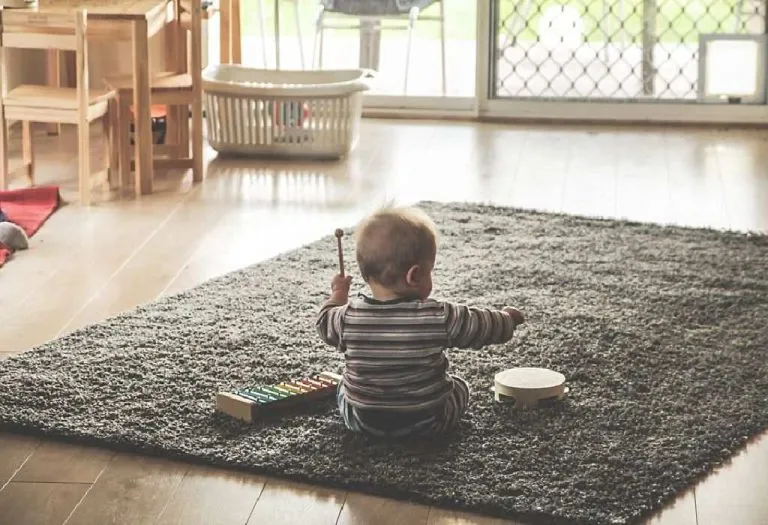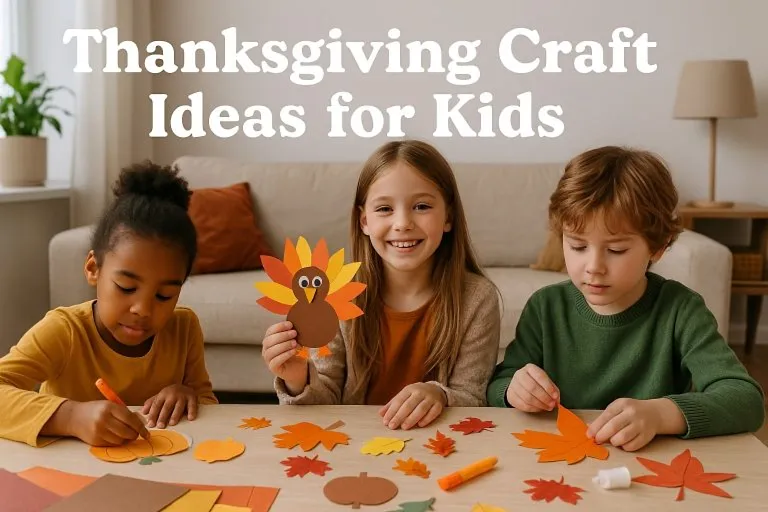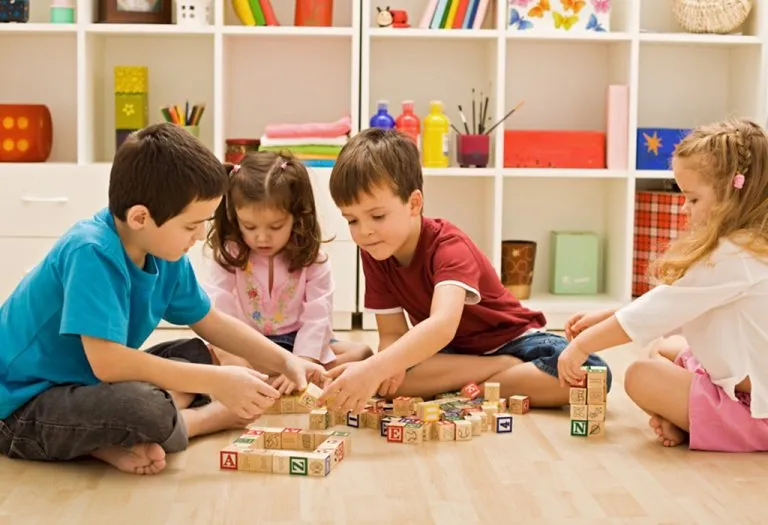Toddler Lining Up or Rearrange Toys – Is It Common?
- Is It Normal for Toddlers to Line Up Their Toys in a Row?
- Does the Act of Arranging Toys in a Line Indicate Intelligence in Toddlers?
- A Closer Look at Toddlers Lining Things Up
- FAQs
It’s quite common for kids to flick, spin or line up their toys. However, a toddler reorganizing toys obsessively or being overtly possessive about the same may require intervention. This is especially true if the child starts behaving abnormally when distracted or when the row of toys is disturbed accidentally.
How normal is it for a toddler to keep lining things up? In most cases, it’s common to see toddlers lining up toys and enacting a story or idea revolving around the same. This is perfectly normal. As long as it’s just another activity that they love indulging in, there is little cause for concern. However, if lining up playthings comes in the way of normal behaviour, or offers tough resistance when disturbed, consider making a doctor’s appointment.
Is It Normal for Toddlers to Line Up Their Toys in a Row?
Yes, it’s normal for toddlers to line up their toys in a row. This behavior is part of their exploration and understanding of the world. Toddlers are learning about patterns, organization, and structure, and lining up toys can be a way for them to process and make sense of their environment. In some cases, toddlers might line up toys as part of their play routine, which could reflect a need for order or a developing sense of control. This behavior can also be linked to their growing motor skills and attention to detail. Additionally, it could indicate imaginative play, where they assign meaning to the way they organize their toys.
Does the Act of Arranging Toys in a Line Indicate Intelligence in Toddlers?
If a toddler likes to line up toys, it doesn’t specifically indicate intelligence in toddlers, though it can reflect cognitive development and an evolving understanding of patterns and organization. This behavior often demonstrates that the child is exploring concepts like order, structure, and symmetry, which are essential aspects of cognitive growth.
Intelligence is a complex trait influenced by various factors, including genetics, environment, and learning experiences. While lining up toys can be part of healthy development, it is just one of many behaviors toddlers might exhibit as they grow and learn.
A Closer Look at Toddlers Lining Things Up
Here lets have some closer look why toddlers line up things.
1. What Does it Mean When a Child Lines Up Toys?
A toddler lining her toys up after making sensible distinctions is actually a skill. It’s a development phase that speaks of the child’s ability to differentiate items and group them together correctly. Be it on the basis of size, shape, colour or just any other trait, this activity shows that she’s learning the art of ordering things through play.
2. When Does a Toddler Lining Up Toys Become a Concern?
It’s been found that toddlers displaying autistic behaviour find lining up toys an appealing activity. Their desire of taking control and keeping things safe and constant may cause them to indulge in activities that require a sense of order. Toddlers who frequently line up toys in a pattern may get cranky if the lines made by them are disturbed- either accidentally or unintentionally.
3. It’s Another Development Stage
Lining toys suggests that a toddler is learning the art of sequencing, grouping, arranging and classifying. Along with putting things in order, she’s developing sharper sorting and puzzle-cracking skills. In most cases, the next stage serves to be the inclusion of a setup, role-play, creation of an imaginary situation, or the enactment of an earlier scene. All these work to facilitate a child’s mental growth and motor dexterity.
4. Freak Outs and Tantrums!
It’s normal for anyone – toddlers and adults alike – to huff and puff if their things are displaced or moved out of order. So, it does not necessarily mean that a child is liable to be in for autism or sensory processing diagnosis. It all depends on how regular and intense the flare-ups are. The nature of intolerance and changes brought about by external forces or people also matter.
5. Avoid Over-Reactions:
There are millions of kids out there who are fond of lining up whatever they can lay their tiny hands on, without demonstrating any sign or symptom of autism. Just wait and watch instead of panicking when trying to figure out what it means when your toddler lines up toys. In all probability, your little one is on the right path that’s leading up to another developmental milestone.
FAQs
1. Can rearranging toys be a coping mechanism for stress in toddlers?
Yes, rearranging toys can sometimes be a way for toddlers to cope with stress or anxiety. Toddlers might find comfort in creating order, especially when they feel overwhelmed by new experiences or environments. This behavior can give them a sense of control and stability during times of uncertainty.
2. Does rearranging toys indicate a developing sense of creativity?
Rearranging toys can be a sign of a developing sense of creativity and imagination in toddlers. By organizing their toys in unique ways, toddlers might be exploring different storylines or scenarios. This behavior can indicate that they’re starting to engage in imaginative play, which is an important step in their creative development.
This was all about toddler arranging toys in a line. So the next time you think to yourself – Is a toddler lining up toys normal? Oh yes, it is! It’s when the child starts behaving hysterically if her line is disturbed or when she obsessively lines up/reorganises her toys that parents may need to rule out disorders. Until then, relax.
References/Resources:
1. Temper Tantrums; Nemours Kids Health; https://kidshealth.org/en/parents/tantrums.html
2. Ghassabian. A, Sundaram. R, Bell. E, et. al.; Gross Motor Milestones and Subsequent Development (Pediatrics); American Academy of Pediatrics; https://publications.aap.org/pediatrics/article-abstract/138/1/e20154372/52538/Gross-Motor-Milestones-and-Subsequent-Development; July 2016
3. CDC’s Developmental Milestones; Centers for Disease Control and Prevention; https://www.cdc.gov/ncbddd/actearly/milestones/index.html
4. Autism Spectrum Disorder; National Institute of Mental Health; https://www.nimh.nih.gov/health/topics/autism-spectrum-disorders-asd
5. Toddlers (1-2 years of age); Centers for Disease Control and Prevention; https://www.cdc.gov/ncbddd/childdevelopment/positiveparenting/toddlers.html
6. Your toddler’s developmental milestones at 2 years; UNICEF; https://www.unicef.org/parenting/child-development/your-toddlers-developmental-milestones-2-years
7. Toddler Developmental Milestones & Safety; Cleveland Clinic; https://my.clevelandclinic.org/health/articles/22625-toddler-developmental-milestones–safety
Also Read:
Toddlers Who Intentionally Move Toys
Why Toddlers Hold Objects Close To Their Face?
Interactive Learning Activities for Toddlers
Toddlers Shifting Objects In and Out of Containers
How to Get Toddler to Stop Putting Things in Mouth?
Was This Article Helpful?
Parenting is a huge responsibility, for you as a caregiver, but also for us as a parenting content platform. We understand that and take our responsibility of creating credible content seriously. FirstCry Parenting articles are written and published only after extensive research using factually sound references to deliver quality content that is accurate, validated by experts, and completely reliable. To understand how we go about creating content that is credible, read our editorial policy here.






